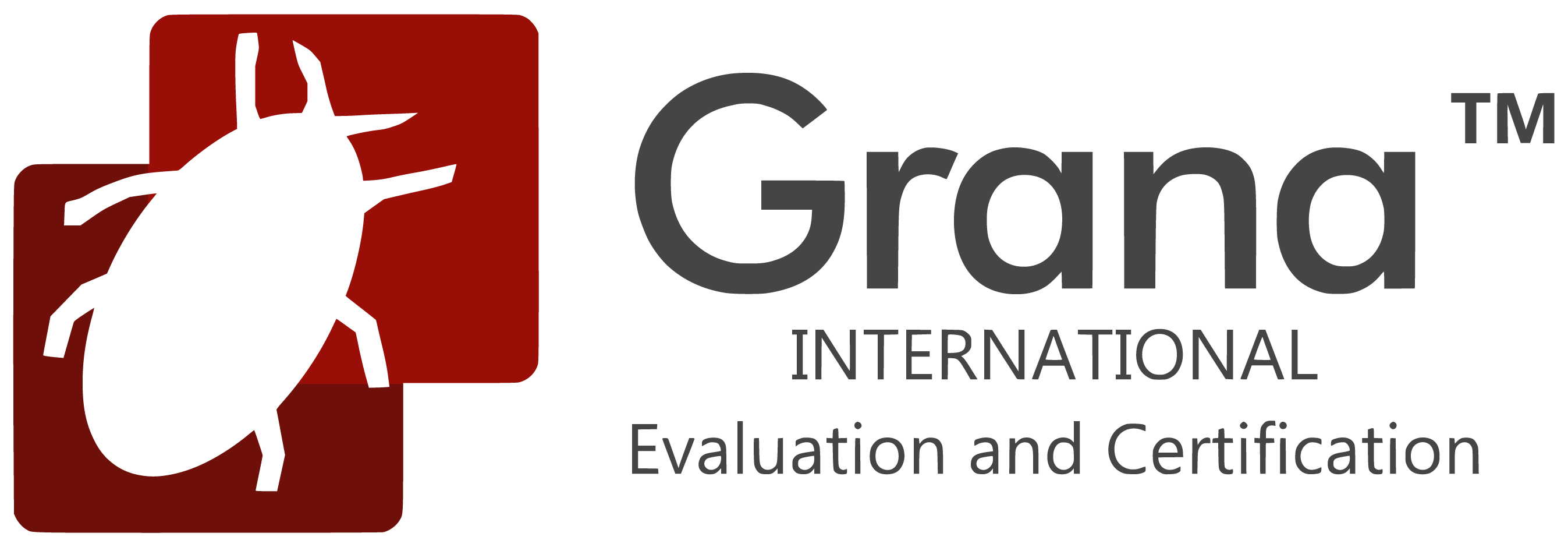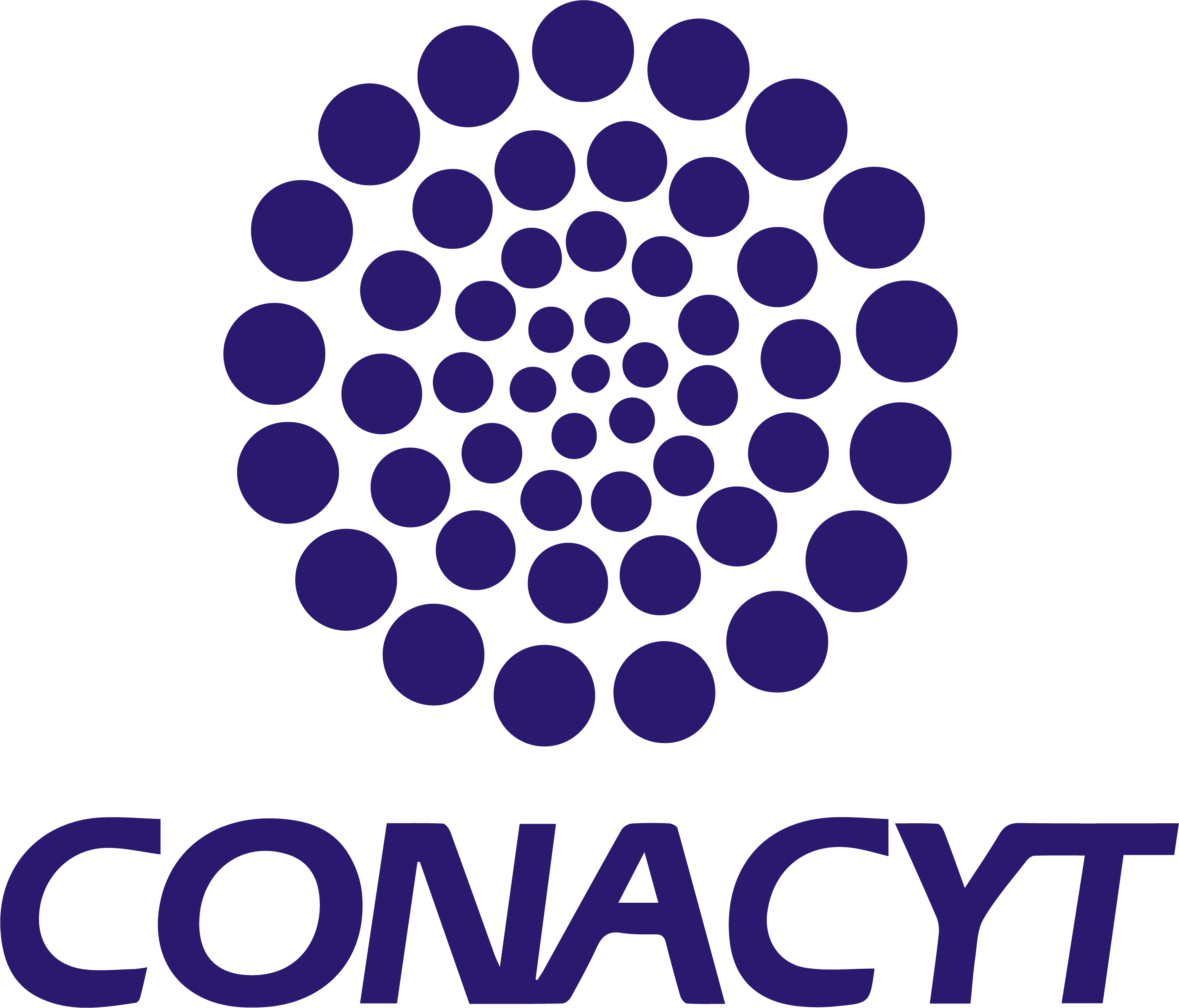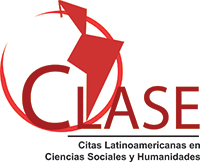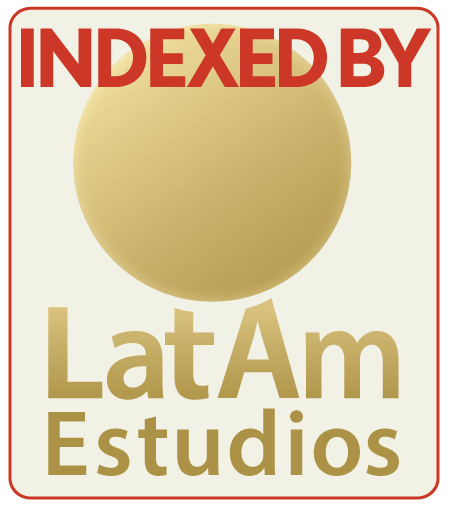Use of Virtual Programming Lab and H5P tools for learning programming in higher level students
Abstract
Due to the constant difficulty that students have when starting to learn programming and that has had repercussions on their academic performance, the objective of this study was to develop didactic materials that use the VPL (Virtual Programming Lab) and H5P tools as a strategy for learning Java programming in higher level students of the computer science faculty at the Universidad Autónoma de Querétaro (UAQ). The methodology used was a mixed method. The quantitative approach used a quasi-experimental design and longitudinal analysis with two measurements, the statistical analysis of the Wilcoxon signed-rank test was applied in order to know the impact of the use of the didactic material on the students. The qualitative approach used a semi-structured interview for the evaluation of the didactic material. The study was applied to a sample of 17 second semester students of the computer science faculty of the UAQ. The results of the analysis allowed evidencing the positive impact obtained by using the H5P and VPL tools for the understanding of concepts and the development of programming skills, obtaining as a result in the Wilcoxon signed-rank test a value equal to T+=1 at a significance level of α = 0.05. Regarding the perception of the use of the didactic material, the students considered that the design, navigation and interactivity criteria had a higher evaluation with respect to the criteria that evaluate the pedagogical and didactic-curricular categories. Likewise, students considered that the use of the OA allowed them to better understand the theory and concepts, as well as to put into practice the use of Java language syntax.
Downloads
References
Aguilar, I., Alfonso, V., Saldívar, A. y Ayala, J. (2020). Development of learning objects for the learning of data structures. Innoeduca. International Journal of Technology and Educational Innovation, 6(1), 42-55. https://doi.org/10.24310/INNOEDUCA.2020.V6I1.5297
Bobadilla, C. L., Galán, C. y Vásquez, M. M. (2020). Las tecnologías de la información y comunicación como herramienta pedagógica para el docente. Conrado, 16(77), 107-113. http://scielo.sld.cu/scielo.php?script=sci_arttext&pid=S1990-86442020000600107&lng=es&nrm=iso&tlng=es
Chanchí, G. E., Álvarez, P. y Campo, W. Y. (2018). Estrategias para la enseñanza de lógica de programación en ingeniería. EIEI ACOFI. https://acofipapers.org/index.php/eiei/article/view/360
Cordenonzi, W. H., y Del Pino, J. C. (2021). Método de evaluación del pensamiento computacional y alfabetización en código. Praxis & Saber, 12(31), e11750. https://doi.org/10.19053/22160159.v12.n31.2021.11750
Djenic, S. y Mitic, J. (2017). Teaching strategies and methods in modern environments for learning of programming. CELDA 2017, 189-196.
Donatien, K. (2014). Indicadores para evaluar la calidad de los cursos virtuales para la formación postgraduada en la Universidad de las Ciencias Informáticas. Universidad de las Ciencias Informáticas, 39(1), 1-15. https://dialnet.unirioja.es/servlet/articulo?codigo=5158484
Feria-Marrugo, I. M. y Zúñiga-López, K. S. (2016). Objetos virtuales de aprendizaje y el desarrollo de aprendizaje autónomo en el área de inglés. Praxis, 12(1), 63-77. https://doi.org/10.21676/23897856.1848
Fonden, J. (2020). Importancia del pensamiento abstracto. Su formación en el aprendizaje de la Programación Importance of abstract thinking. His training in learning programming. EduSol, 20(72), 122-135. http://scielo.sld.cu/pdf/eds/v20n72/1729-8091-eds-20-72-122.pdf
González-González, C. S. (2019). Estado del arte en la enseñanza del pensamiento computacional y la programación en la etapa infantil. Education in the Knowledge Society (EKS), 20, 15-15. https://doi.org/10.14201/EKS2019_20_A17
Guerrero, M., y García, J. (2016). Desarrollo del pensamiento algorítmico con el apoyo de objetos de aprendizaje generativos. Píxel-Bit, Revista de Medios y Educación, 49, 163-175. https://idus.us.es/handle/11441/45237
Hernández, R., Fernández, C., y Baptista, M. (2010). Metodología de la investigación (5ta. ed.). McGraw Hill
Ibarra-Zapata, R. E., Castillo-Cornelio, J. O., Trujillo-Natividad, P. C., García-Villegas, C., Yanac-Montesino, R. y Pando, B. (2021). Enseñanza-aprendizaje de programación de computadoras: avances en la última década. Revista Científica, 42(3), 290-303. http://www.scielo.org.co/pdf/cient/n42/2344-8350-cient-42-290.pdf
Infante, C. (2014). Propuesta pedagógica para el uso de laboratorios virtuales como actividad complementaria en las asignaturas teórico-prácticas. Revista Mexicana de Investigación Educativa, 19, 917-937. http://www.redalyc.org/articulo.oa?id=14031461013
Jaramillo, L. M. y Puga, L. A. (2016). El pensamiento lógico-abstracto como sustento para potenciar los procesos cognitivos en la educación. Sophía, 2(21), 31. https://doi.org/10.17163/soph.n21.2016.01
Jiménez-Toledo, J., Collazos, C., y Revelo-Sánchez, O. (2019). Consideraciones en los procesos de enseñanza-aprendizaje para un primer curso de programación de computadores: una revisión sistemática de la literatura. TecnoLógicas, 22, 83-117. https://doi.org/10.22430/22565337.1520
López, C. (2017). Los repositorios de objetos de aprendizaje como soporte para los entornos e-learning. 3. Objetos de Aprendizaje. Biblioweb. http://www.biblioweb.tic.unam.mx/libros/repositorios/objetos_aprendizaje.htm
Lovos, E. y González, A. H. (2014). Moodle y VPL como soporte a las actividades de laboratorio de un curso introductorio de programación. IX Congreso sobre Tecnología en Educación y Educación en Tecnología (TE&ET 2014), 298-305. http://sedici.unlp.edu.ar/handle/10915/38639
Mahipal, N. (s.f.). The RoadMap for Java Developers in 2020. https://www.decipherzone.com/blog-detail/roadmap-java-developers-2020
Morales, E. (2008). Gestión del conocimiento en sistemas E-Learning, basado en objetos de aprendizaje, cualitativa y pedagógicamente definidos [Tesis de doctorado, Universidad de Salamanca]. https://dialnet.unirioja.es/servlet/tesis?codigo=18457
Partida, G. E., Hernández, J. L., Aguilar, D. A. y Enríquez, G. (2023). Arduino como herramienta para la enseñanza de la programación básica. EDUCATECONCIENCIA, 31(39), 100-112. https://doi.org/10.58299/EDU.V31I39.618
Pérez, J. A. (2019). El pensamiento computacional en la vida cotidiana. Revista Scientific, 4(13), 293-306. https://doi.org/10.29394/scientific.issn.2542-2987.2019.4.13.15.293-306
Ramos, V. F. C., Cechinel, C., Magé, L. y Lemos, R. (2021). Student and Lecturer Perceptions of Usability of the Virtual Programming Lab Module for Moodle. Informatics in Education, 20(2), 1-19. https://doi.org/10.15388/infedu.2021.14
Randles, R. H. (2006). Wilcoxon Signed Rank Test. Encyclopedia of Statistical Sciences. https://doi.org/10.1002/0471667196.ess2935.pub2
Revelo-Sánchez, O., Collazos-Ordóñez, C. A. y Jiménez-Toledo, J. A. (2018). El trabajo colaborativo como estrategia didáctica para la enseñanza/aprendizaje de la programación: una revisión sistemática de literatura. TecnoLógicas, 21(41), 115-134. https://doi.org/10.22430/22565337.731
Rossetti, S. R., García, M. T., Rojas, I. S., Morita, A. y Coronado, M. A. (2020). Objeto virtual de aprendizaje creado con plataforma de software libre H5P y su impacto en el aprendizaje. Revista Cubana de Ciencias Informáticas, 14(2), 1-14. https://www.redalyc.org/articulo.oa?id=378365833001
Saldivia, B. S., Correa, J., Pérez, D. y Olivo, R. (2019). Propuesta metodológica para la creación de Objetos de Aprendizaje. Revista Electrónica de Enseñanza de las Ciencias 18 (3), 521-542. http://reec.uvigo.es/volumenes/volumen18/REEC_18_3_4_ex1465.pdf
Santimateo, D., Núñez, G. y González, E. (2018). Estudio de dificultades en la enseñanza y aprendizaje en los recursos básicos de programación de computadoras en Panamá. Revista de Investigación en Tecnologías de la Información, 6(11), 13-18. https://doi.org/10.36825/RITI.06.11.003
Tejera-Martínez, F., Aguilera, D., Vílchez-González, J. M., Tejera-Martínez, F., Aguilera, D. y Vílchez-González, J. M. (2020). Lenguajes de programación y desarrollo de competencias clave. Revisión sistemática. Revista electrónica de investigación educativa, 22, 1-12. http://www.scielo.org.mx/scielo.php?script=sci_arttext&pid=S1607-40412020000100127&lng=es&nrm=iso&tlng=es
TIOBE. (s.f.). TIOBE Index. Tiobe.Com. https://www.tiobe.com/tiobe-index/
Urbina, A. B. (2019). Estrategia tecnológica para mejorar el rendimiento académico universitario. Pixel Bit. Revista de Medios y Educción, 56, 71-94 https://redined.educacion.gob.es/xmlui/bitstream/handle/11162/190555/URBINA.pdf
Velasco, M. L. (2020). Resolución de problemas algorítmicos y objetos de aprendizaje: una revisión de la literatura. RIDE Revista Iberoamericana para la Investigación y el Desarrollo Educativo, 10(20). https://doi.org/10.23913/ride.v10i20.630
Wiley, D. A. (2002). Connecting learning objects to instructional design theory: A definition, a metaphor, and a taxonomy. In D. A. Wiley (Ed.), The instructional use of learning objects. Online version. http://members.aect.org/publications/InstructionalUseofLearningObjects.pdf

This work is licensed under a Creative Commons Attribution 4.0 International License.
In order to promote the development and dissemination of research in education in Latin America, the Ibero-American Journal for Educational Research and Development (RIDE) adhered to the Budapest Open Access Initiative, which is why it is identified as a Open access publication. This means that any user can read the complete text of the articles, print them, download them, copy them, link them, distribute them and use the contents for other purposes. Creative Cummons licenses allow users to specify the rights to use an open access journal available on the Internet in such a way that users know the rules of publication. Authors who publish in this journal accept the following conditions: Authors they keep the author's rights and give the magazine the right of the first publication, with the work registered with the attribution license of Creative Commons, which allows third parties to use the published material whenever they mention the authorship of the work and the first publication in this The authors can make other independent and additional contractual agreements for the non-exclusive distribution of the version of the article published in this journal (eg, include it in an institutional repository or publish it in a book) as long as they clearly indicate that The work was published for the first time in this magazine. Authors are allowed and recommended to publish their work. low on the Internet (for example on institutional or personal pages) before and during the review and publication process, as it can lead to productive exchanges and to a greater and faster dissemination of the published work















